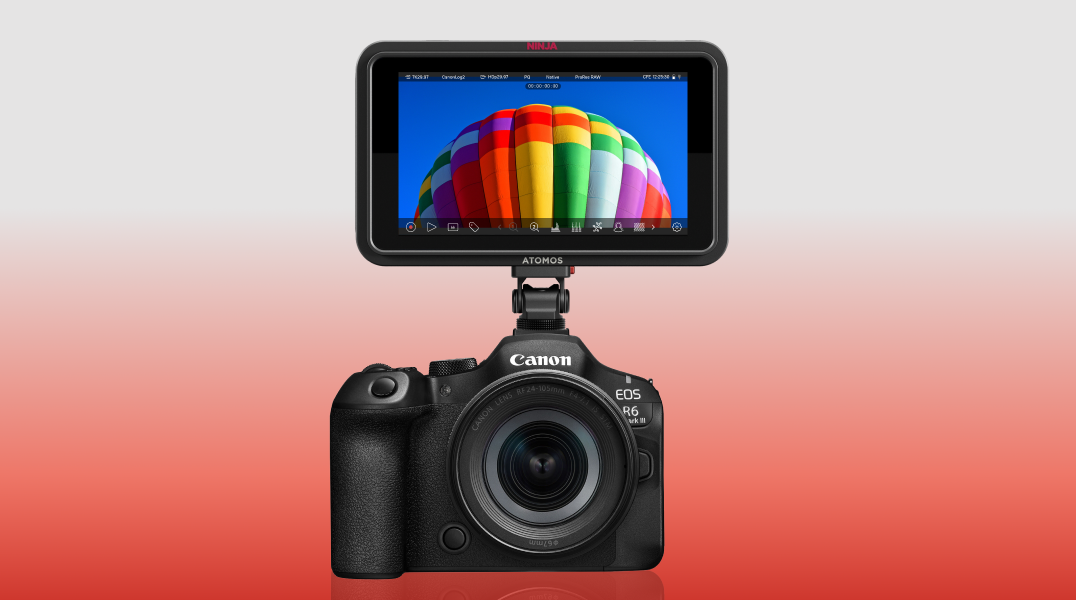A New Year's Resolution
My New Year’s resolution is to stand up to the bullies who insist that television is just a cheap inferior-quality way of making film.
Like any other video lighting director/director of photography, I’m used to being asked for a look that replicates the feel of a particular movie. I enjoy the challenge of being asked to give a scene the feel of the street market in “Blade Runner” or a candle-lit ballroom from any Merchant Ivory drama or even that old favorite: to make a doorway look like the entrance to the mothership in “Close Encounters of the Third Kind.” Those references serve as visual shorthand to let me know the director’s thoughts on the scene and give me a starting point for the look I will create. Rarely am I expected to slavishly reproduce the scene on a television screen. The one obvious exception is for comedy sketches that are spoofing the original production.
At the other end of the spectrum: I’ve lost track of the number of productions I’ve worked on where the very first thing the producer says is that they really want to achieve a “filmic look” on this years pageant/awards presentation, this pizza shop/realty/bathroom tile commercial, this low budget drama or this music video.
WHAT’S THE DEAL?
I’ve never been entirely sure what it is about film that we’re being asked to reproduce. Is it the sharper, slightly staccato movement of 24 double-flashed progressive images rather than NTSC’s more fluid, but lightly less sharp, 29.97 interlaced frames? Is it the frame jitter from the occasional damaged sprocket hole? Maybe it’s the less sharply defined edges in a film image, or is it the film grain that’s missing from the video image? Perhaps it’s film’s detail at the extremes of the grayscale.
I suspect that what they really want are the art direction, quality of photography and range of camera movements that you get with a full movie crew and a reasonable time to shoot in. Of course these people want it all for the price of a two hour studio booking during the summer, when the experienced crews are taking their holidays.
With careful attention to subject matter and lighting, we can now create pictures at resolutions that approach that of film. We certainly have the technology available to process the pictures and give them many of the technical traits of film. There are countless libraries of effects algorithms available to add photochemical grain, frame jitter, softer edges, scratches and dust to our pictures.
The one thing we can’t give our pictures is the greater contrast range that is available from film. This is what has got me so hot under the collar and ready to stand up to the artistic arrogance of our film shooting brethren. I have finally heard one too many derogatory comments from the people who shoot their pictures on photochemical film.
ENOUGH IS ENOUGH
A couple of weekends ago I attended a lighting master class arranged through the local cinematographer’s society. As with all such events that I’ve attended, this was stimulating, provocative and above all, enlightening (pun fully intended). Listening to the philosophy of a film maker who trained in a Soviet satellite country at the height of the Cold War, gave me some intriguing insights into the ways we can look at telling our stories. He also has a great eye for light and a pared-down style of picture making that happens to work superbly for low budget production.
As he is someone who has shot about equal numbers of movies and television productions (many of them on video) I was not entirely surprised that he took every available chance to complain about the limited contrast range of the video medium compared to his beloved film, and how this limited his opportunities for creating pictures. This was the point when the penny finally dropped and I decided to take my stand about lighting for television.
I have come to the realization that the reality is actually diametrically opposite to the concept espoused by generations of film makers. While the film makers have complained about the lack of freedom for creation in the television medium, we have just gone ahead and made good pictures within the medium that we have available. While a film maker has the latitude of a dozen or so exposure stops in which to capture the world, we compress the universe into the seven to eight stops that video allows.
A television lighting director/director of photography soon learns to pick the winning end of the exposure range for each shot and either lights for dark detail or light detail, then (and this is the important part) quietly advises the vision control operator of the dire personal consequences of shifting the image away from this bias. Generally, the threat of a violent beating will suffice. Only rarely, does one need to threaten their pets and loved ones, and usually not more than once.
Will you join my New Year’s resolution in pointing out that lighting well for television actually requires more skill than lighting for film?
The professional video industry's #1 source for news, trends and product and tech information. Sign up below.
